Can someone give me an insight on this? Much appreciated.
At lower frequencies the op-amp has a great open loop gain: -

An open loop gain of 120 dB means a DC gain of 1,000,000 and, with low frequency signals, the op-amp can rapidly drive its output through the unbiased point (dead-band) of your output transistors and things will look pretty good.
Yes, the problem here is that you are not biasing the output transistors into partial conduction and that means the op-amp output has to move at least 2 x 0.6 volts on it's output before one transistor turns off and the other one starts to turn on. You are using class B biasing: -

At high frequencies that's a problem because, the open loop gain falls linearly with frequency for this type of op-amp: -

In other words, the op-amp cannot change it's output to overcome the 1.2 volts dead-band (imposed by lack of BJT bias) at the higher frequencies with the slew rate limitations it has. If it can't move the output at least 1.2 volts to overcome the bias problem, the signal reaching the transistor bases will become more ineffective as frequency rises and, you lose output amplitude.
If you want to see this for yourself, just do a transient analysis and look at the op-amp output.
If you want to fix it then use class AB biasing on your transistors




